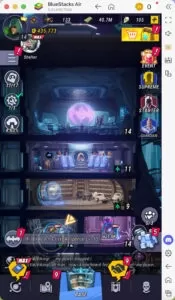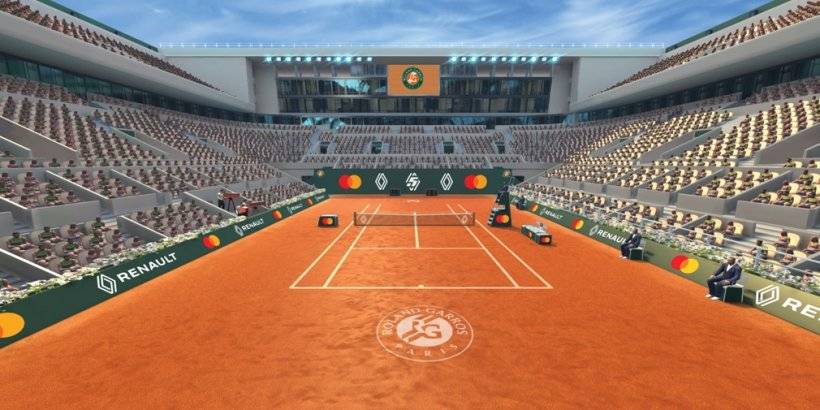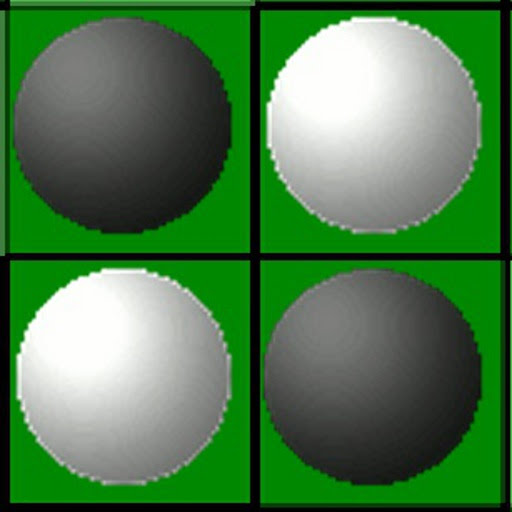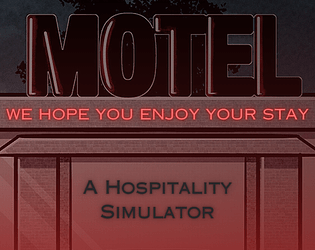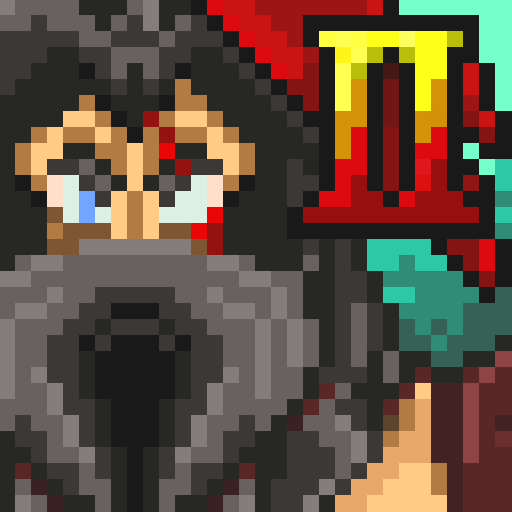When I sat down to play developer MercurySteam's latest project, Blades of Fire, I expected something akin to a modern take on the studio's Castlevania: Lords of Shadow games, infused with the contemporary flair of God of War. An hour into the gameplay, my impression shifted towards a Soulslike experience, albeit one where the focus was on weapon stats rather than traditional RPG character development. By the conclusion of my three-hour hands-on session, I realized that Blades of Fire occupies a unique space: it's built upon familiar foundations, yet its innovative blend of borrowed and novel elements offers a fresh and engaging take on the action-adventure genre.
While not a direct clone of Sony Santa Monica's God of War, Blades of Fire shares enough visual and mechanical similarities to invite comparisons at first glance. The game's dark fantasy setting, impactful combat strikes, and a third-person camera that closely follows the action echo the Norse saga of Kratos. Throughout the demo, I navigated a labyrinthine map dotted with treasure chests, aided by a young companion who assisted in puzzle-solving. Our joint quest led us to a woman of the wilds residing in a house atop a colossal creature. The game's familiarity with FromSoftware's Souls series is evident, from the anvil-shaped checkpoints that replenish health potions and respawn enemies to the overall combat rhythm.
 Blades of Fire features some deeply strange enemies that feel like dark cousins of Labyrinth's puppets. | Image credit: MercurySteam / 505 Games
Blades of Fire features some deeply strange enemies that feel like dark cousins of Labyrinth's puppets. | Image credit: MercurySteam / 505 Games
The world of Blades of Fire evokes the essence of 1980s fantasy, where characters like Conan the Barbarian would not look out of place among its muscular warriors, and bizarre creatures reminiscent of Jim Henson's Labyrinth bounce around on bamboo pogo sticks. The narrative also leans into this retro vibe, revolving around an evil queen who has petrified steel, challenging you, as Aran de Lira—a blacksmith demigod—to defeat her and restore the world's metal. Despite the nostalgic charm, the story, characters, and writing may struggle to captivate, feeling overly reminiscent of the many overlooked tales from the Xbox 360 era.
The true strength of Blades of Fire lies in its mechanics, particularly its combat system. It employs directional attacks linked to each controller face button. On a PlayStation controller, tapping triangle targets the head, cross the torso, while square and circle attack left and right, respectively. This system requires careful observation of enemy stances to break through their defenses. For instance, a soldier guarding their face can be defeated by aiming for their abdomen, resulting in satisfyingly visceral combat with vivid blood effects.
The system shines during encounters like the demo's first major boss—a slobbering troll with a secondary health bar that can only be depleted after dismembering it. Your attack angle determines which limb is severed, allowing you to strategically disarm the troll by targeting its club-wielding arm or even removing its face to blind it temporarily. Such moments highlight the game's innovative approach to combat.
Your weapons are central to Blades of Fire, requiring significant attention. They dull with use, reducing damage incrementally, necessitating sharpening or switching stances, as edge and tip wear independently. Mid-fight weapon maintenance, reminiscent of Monster Hunter, becomes crucial. However, every weapon has a durability meter that eventually leads to its shattering, requiring repairs at an anvil or melting down for new crafting.
The game's most distinctive feature is its forge, where weapon crafting transcends typical menu-based systems. Starting with a basic template, you customize elements like the length of a spear's pole or the shape of its head, directly affecting stats and stamina requirements. After designing, you must physically forge the weapon through an intricate minigame, controlling the hammer's length, force, and angle to match an ideal curve. Overworking the steel weakens the weapon, so precision is key, with your performance rated in stars, influencing future repairs.
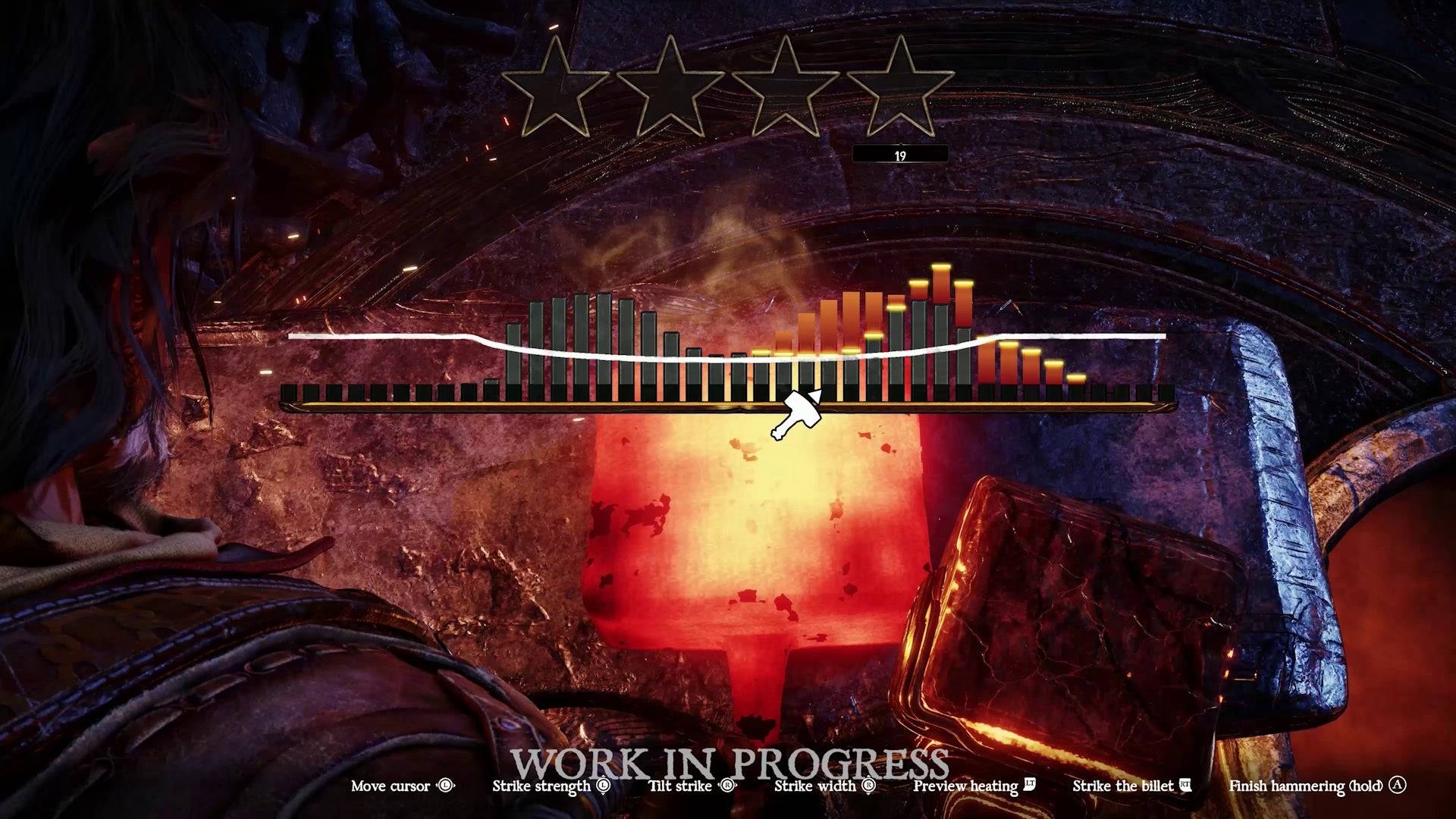 The forging minigame is a great idea that feels a little too obtuse. | Image credit: MercurySteam / 505 Games
The forging minigame is a great idea that feels a little too obtuse. | Image credit: MercurySteam / 505 Games
While the forging concept is compelling, adding a skill-based element to crafting, the minigame's complexity may frustrate players. I hope for refinements or enhanced tutorials to ensure this innovative feature doesn't detract from the experience.
MercurySteam envisions Blades of Fire as a 60-70 hour journey, fostering a deep connection with your crafted weapons. As you discover new metals, you can reforge your weapons, adapting them for tougher challenges. The death system reinforces this bond, as you drop your weapon upon defeat and must retrieve it, potentially reigniting old relationships with reforged armaments.
The game's homage to Dark Souls and its successors is understandable, given FromSoftware's influence on action games and Blades of Fire's spiritual connection to Blade of Darkness—an early 2000s title developed by MercurySteam's founders. Yet, Blades of Fire transcends mere imitation, reinterpreting established systems into a unique blend.
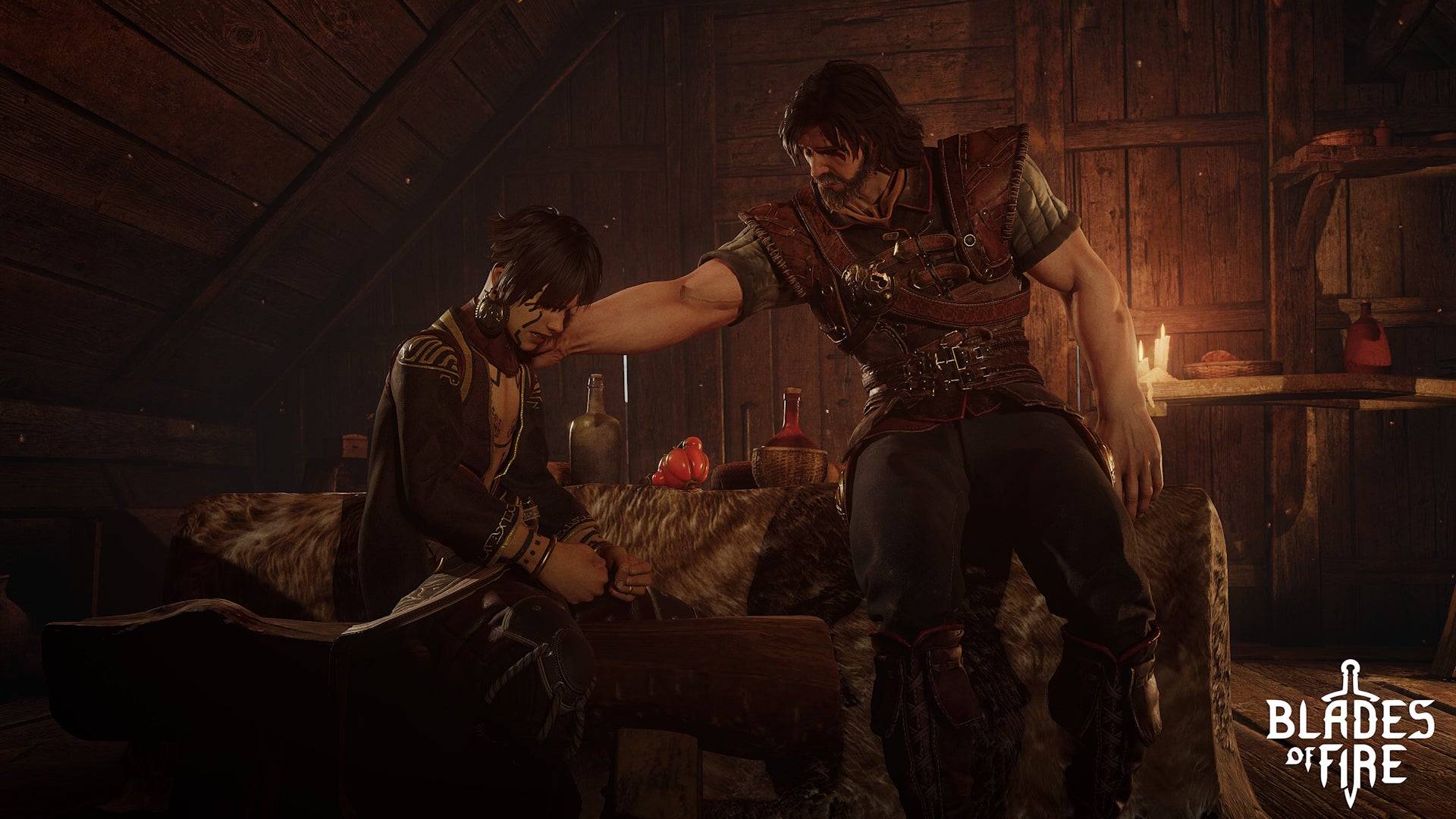 Aran is joined by his young companion, Adso, who can help solve puzzles and comment on the world's lore. | Image credit: MercurySteam / 505 Games
Aran is joined by his young companion, Adso, who can help solve puzzles and comment on the world's lore. | Image credit: MercurySteam / 505 Games
While Blades of Fire draws heavily from its influences—ranging from the brutal combat of its predecessors to the innovations of FromSoft and God of War's world design—it carves out its own identity. Despite concerns about the generic dark fantasy setting and potential lack of enemy variety over a 60-hour adventure, the intricate relationship between your forged blades and the enemies you face holds immense promise. In an era where complex games like Elden Ring and Monster Hunter have captured mainstream attention, Blades of Fire has the potential to add a fascinating new dimension to the genre.
Blades of Fire Screenshots
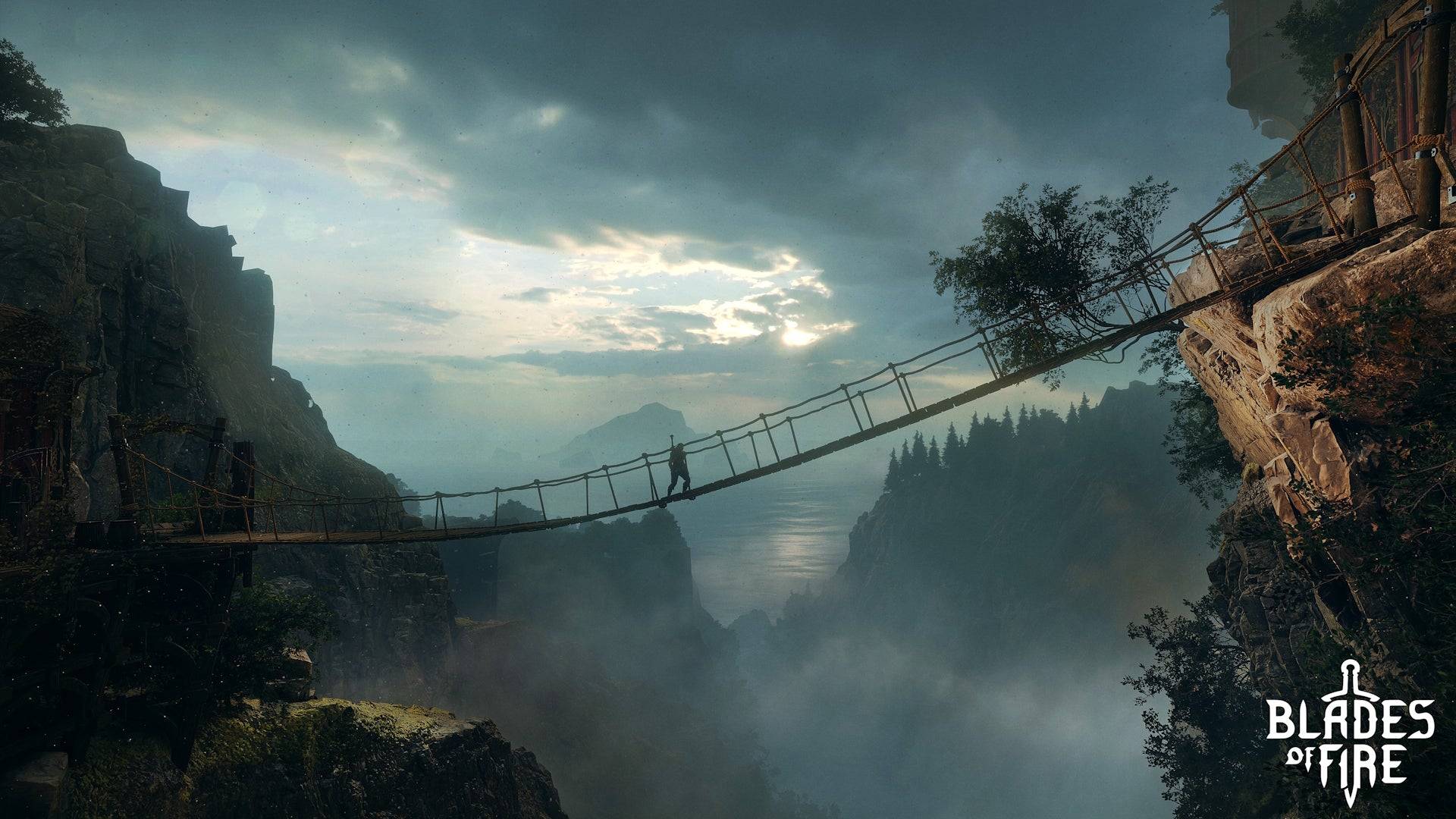
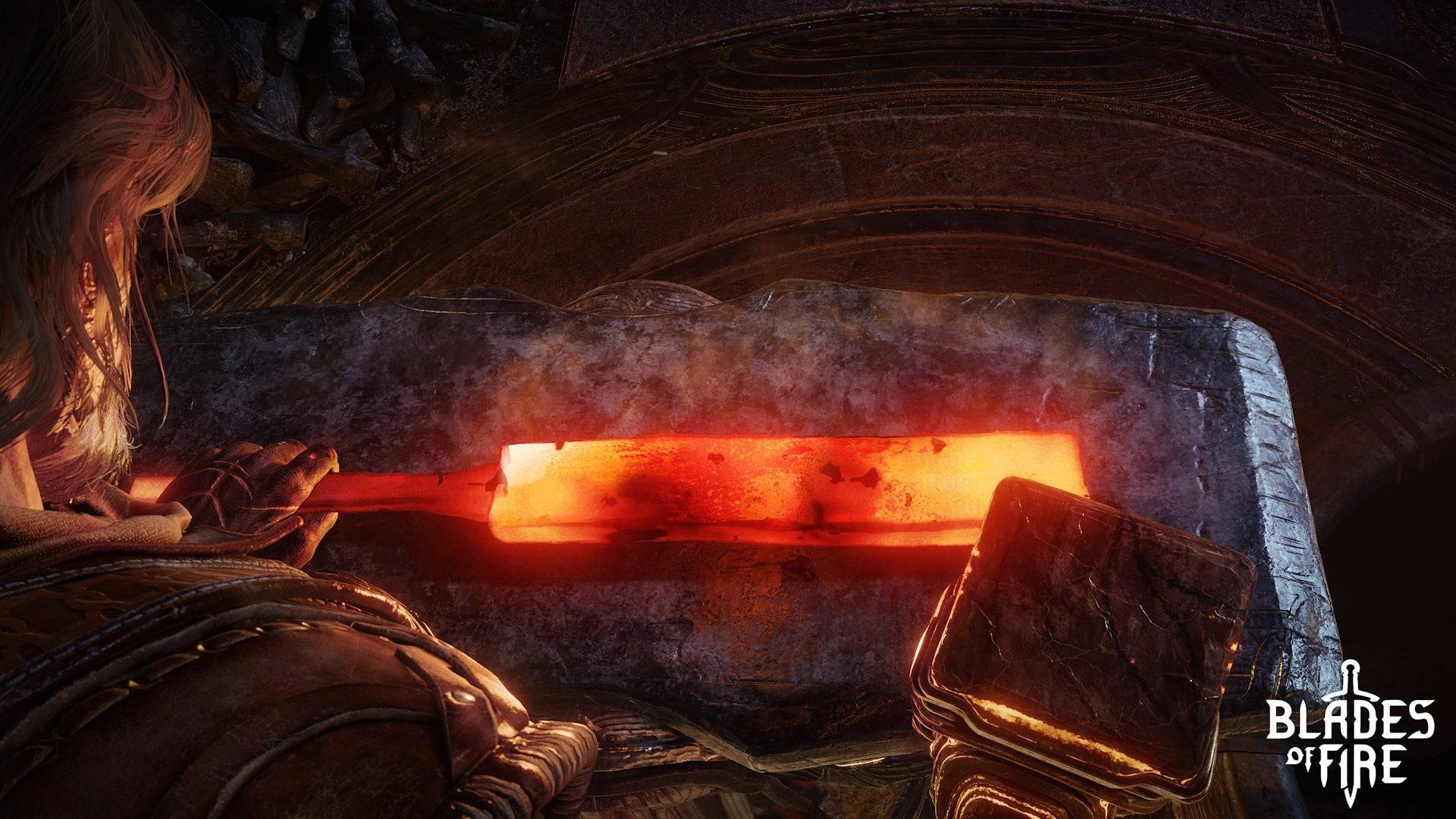 9 Images
9 Images
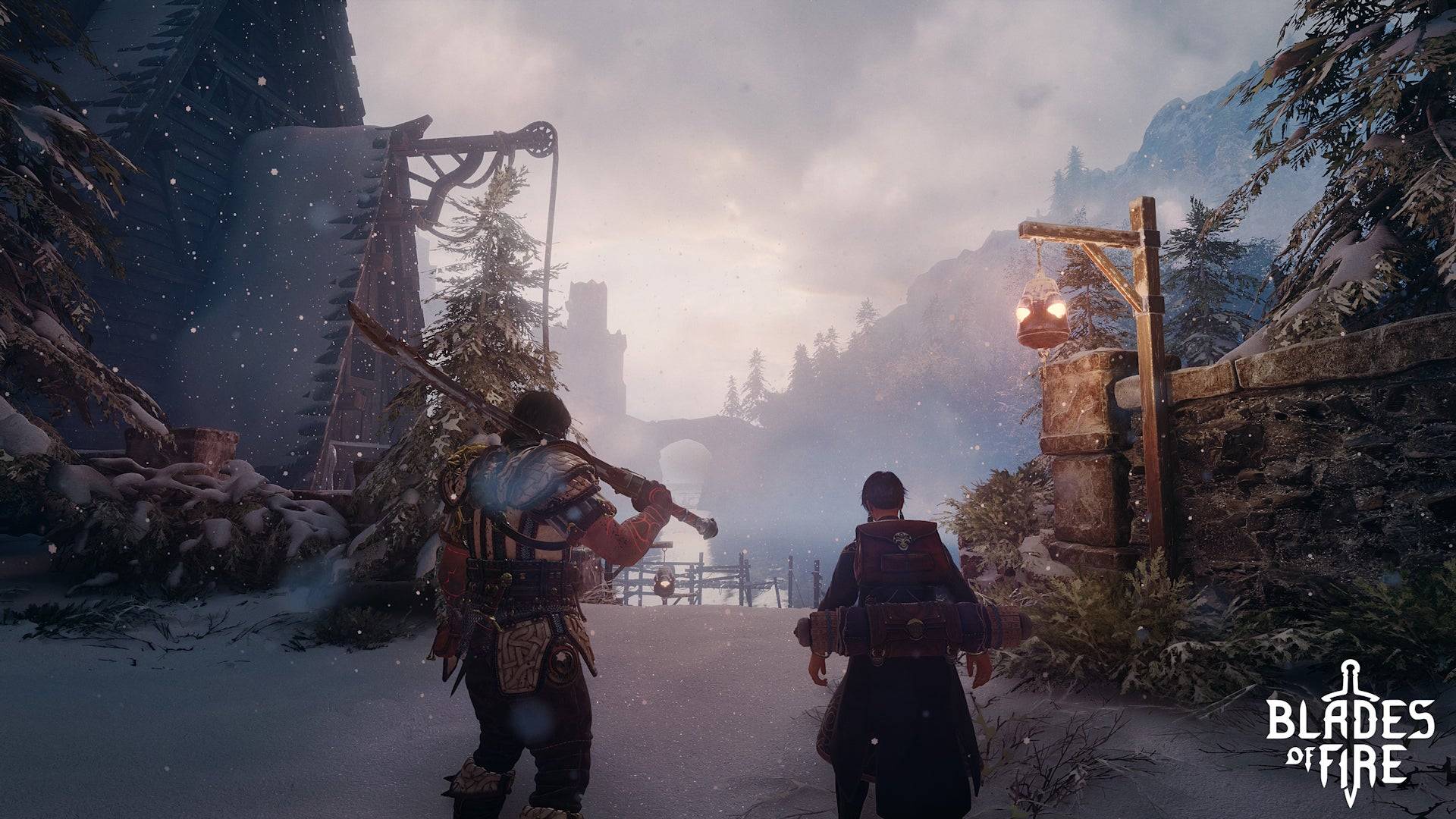
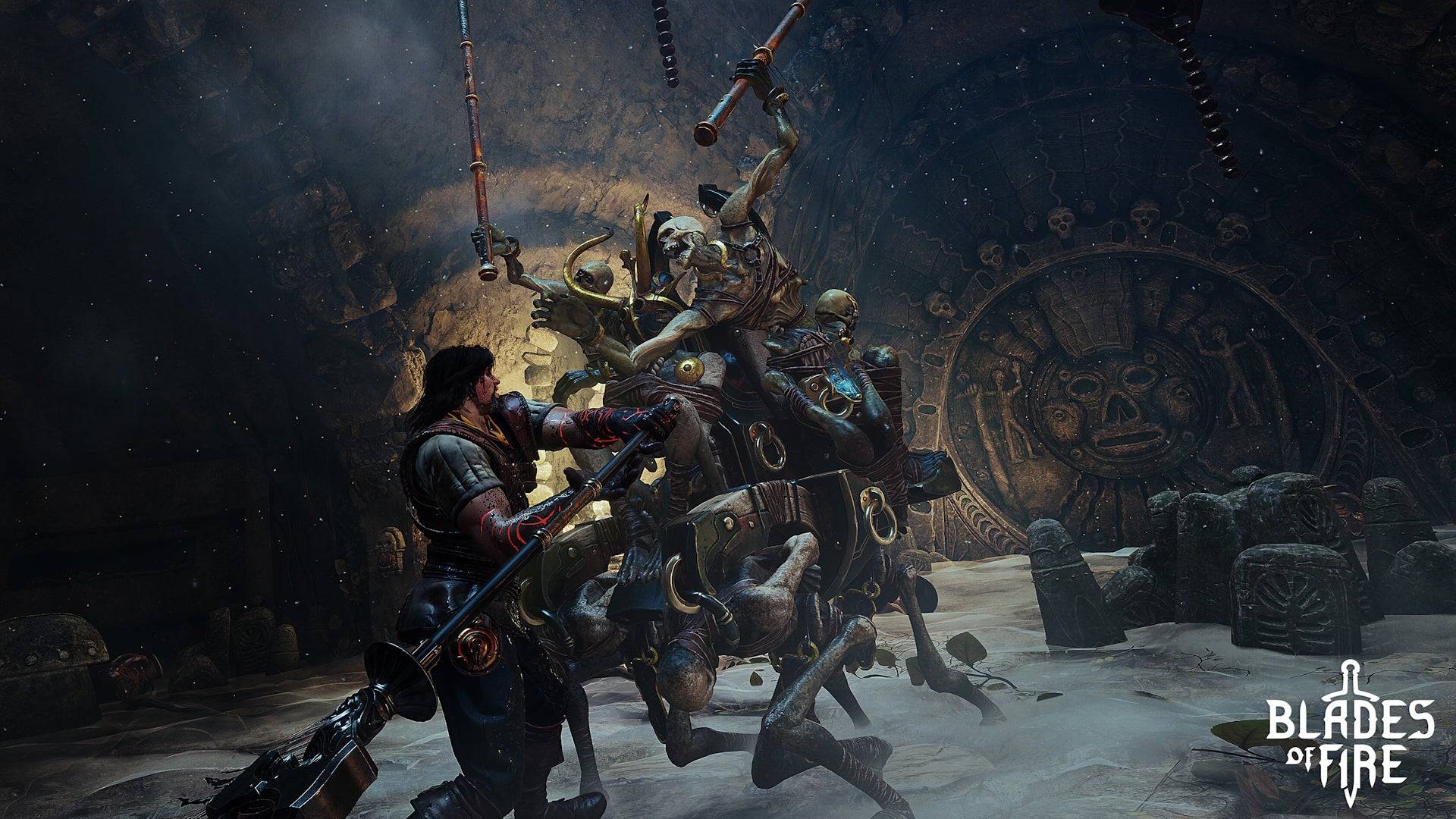
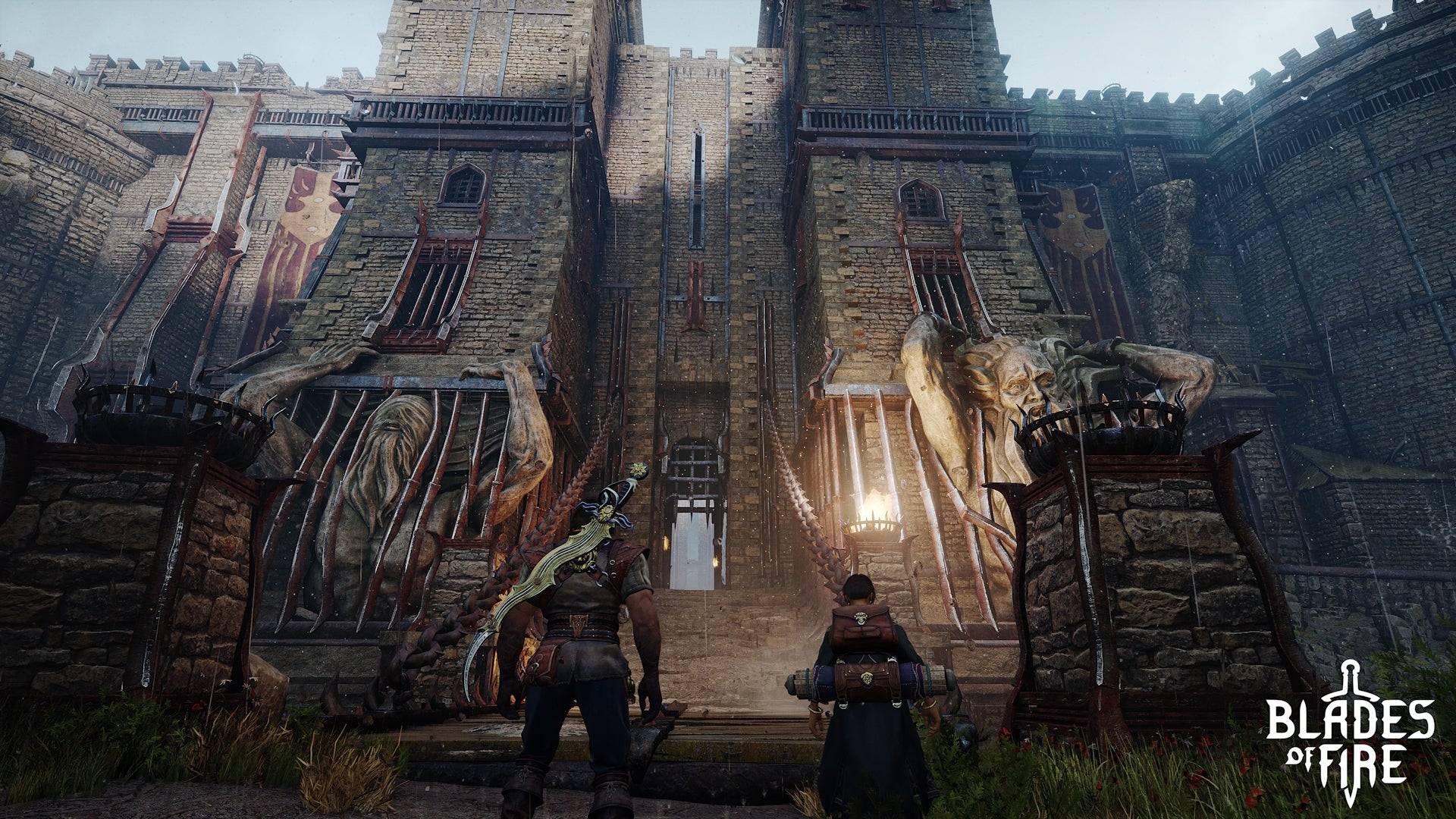





 9 Images
9 Images



 LATEST ARTICLES
LATEST ARTICLES 

